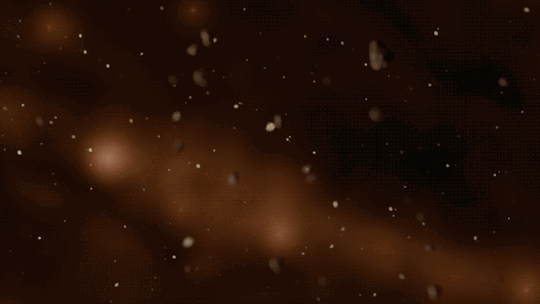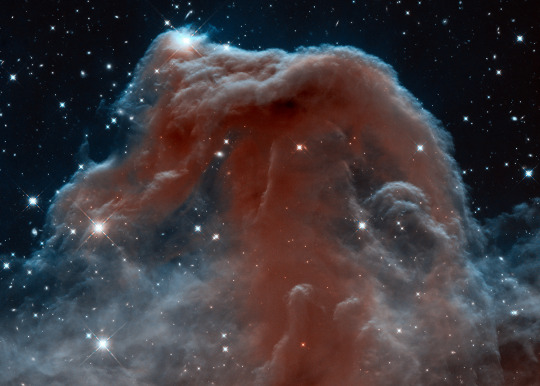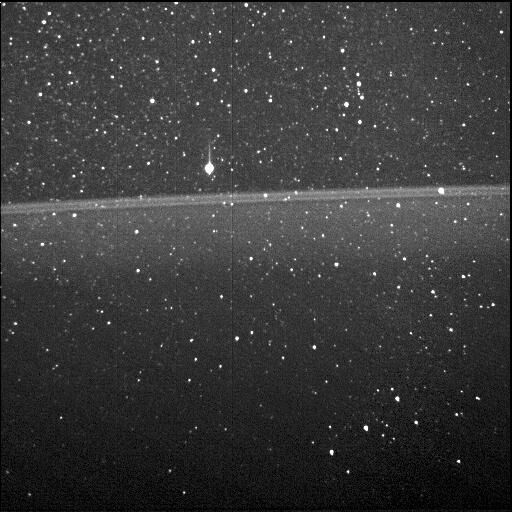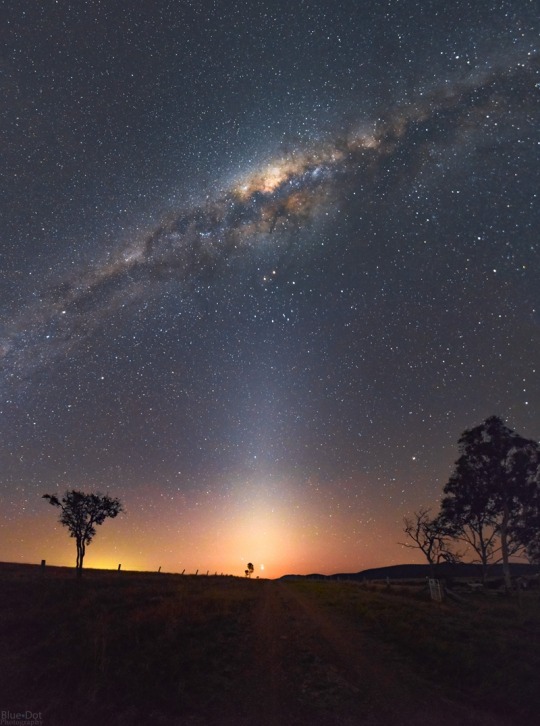Throw open the windows
and break out the feather duster, because spring is here and it’s time to do a
little cleaning! Fortunately, no one has to tidy up the dust in space — because
there’s a lot of it — around 100 tons rain down on Earth alone
every day! And there’s even more swirling around the solar system, our Milky Way galaxy, other galaxies
and the spaces in between.

By studying the contents of the dust in your
house — which can include skin cells, pet fur, furniture fibers, pollen,
concrete particles and more — scientists learn a lot about your environment. In the same way, scientists can
learn a lot by looking at space dust. Also called cosmic dust, a fleck of space dust is usually smaller
than a grain of sand and is made of rock, ice, minerals or organic compounds.
Scientists can study cosmic dust to learn about how it formed and how the
universe recycles material.

“We are made of star-stuff,” Carl Sagan
famously said. And it’s true! When a star dies, it sheds clouds of gas in
strong stellar winds or in an explosion called a supernova. As the gas cools,
minerals condense. Recent observations by our SOFIA mission suggest that
in the wake of a supernova shockwave, dust may form more rapidly than scientists previously
thought. These clouds of gas and dust created by the
deaths of stars can sprawl across light-years and form
new stars — like the Horsehead
Nebula pictured above. Disks of dust and gas form around
new stars and produce planets, moons, asteroids and comets. Here on Earth, some
of that space dust eventually became included in living organisms — like
us! Billions of years from now, our Sun will die too. The gas and
dust it sheds will be recycled into new stars and planets and so on and so
forth, in perpetuity!

Astronomers originally thought dust was a
nuisance that got in the way of seeing the objects it surrounded. Dust scatters
and absorbs light from stars and emits heat as infrared light. Once we started using infrared
telescopes, we began to understand just how important dust is in the universe
and how beautiful it can be. The picture of the Andromeda galaxy above was taken in
the infrared by our Spitzer Space Telescope and reveals
detailed spirals of dust that we can’t see in an optical image.

We also see plenty of dust right here in our
solar system. Saturn’s rings are made of mostly
ice particles and some dust, but scientists think that dust from meteorites may
be darkening the rings over time. Jupiter also has faint dusty rings,
although they’re hard to see — Voyager 1 only discovered them when it
saw them backlit by the Sun. Astronomers think the rings formed when meteorite impacts on Jupiter’s
moons released dust into orbit. The Juno spacecraft took the above picture in 2016 from inside the
rings, looking out at the bright star Betelgeuse.

Copyright Josh Calcino, used with permission
And some space dust you can see from right
here on Earth! In spring or autumn, right before sunrise or after sunset, you
may be able to catch a glimpse of a hazy cone of light above the horizon
created when the Sun’s rays are scattered by dust in the inner solar system.
You can see an example in the image
above, extending from above the tree on the horizon toward a spectacular view
of the Milky Way. This phenomenon is called zodiacal light — and the dust
that’s reflecting the sunlight probably comes from icy comets. Those comets
were created by the same dusty disk that that formed our planets and eventually
you and the dust under your couch!
Make
sure to follow us on Tumblr for your regular dose of space: http://nasa.tumblr.com





Комментариев нет:
Отправить комментарий